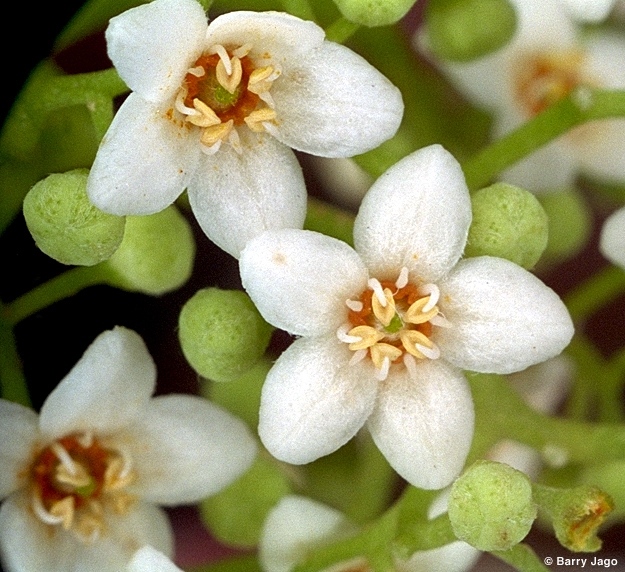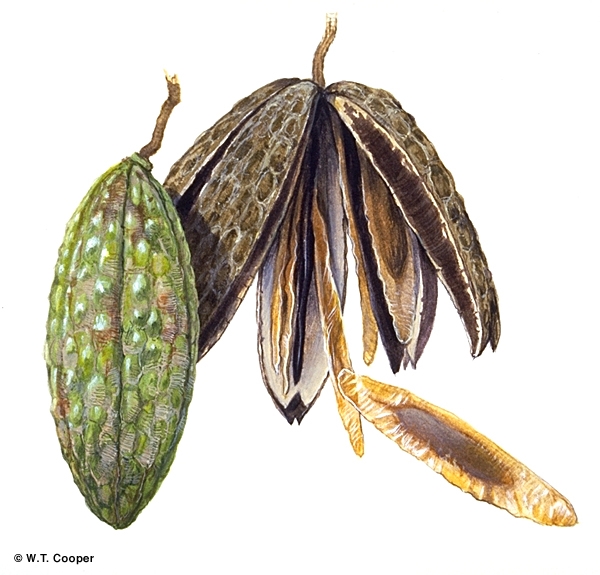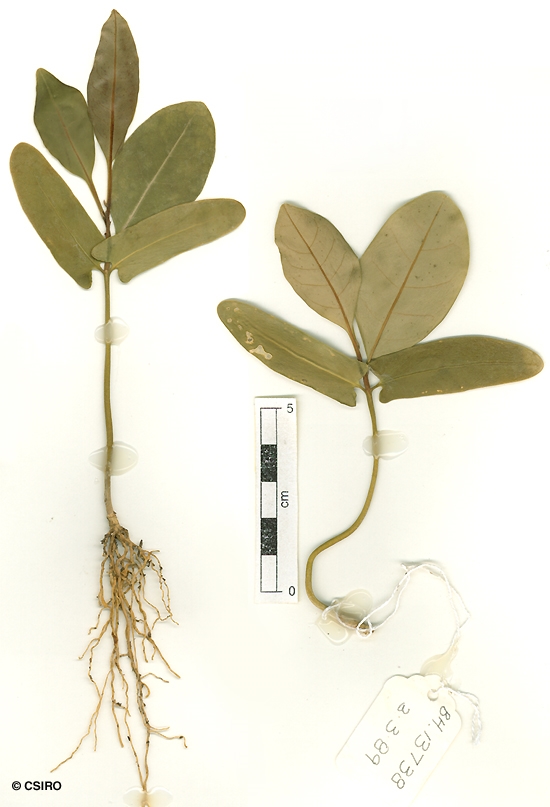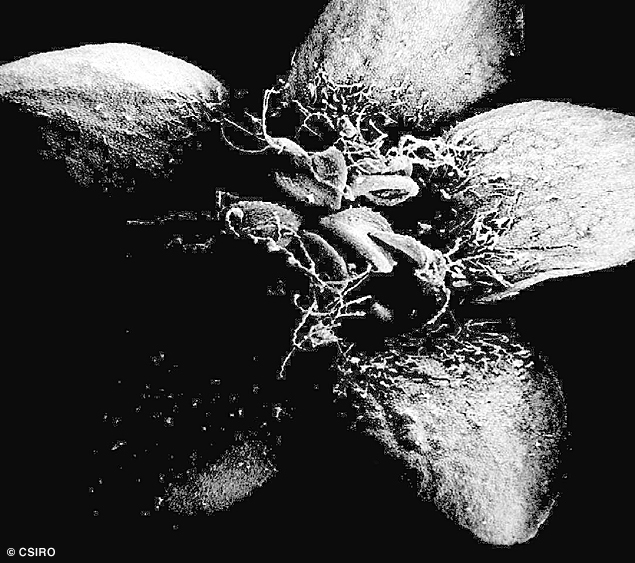Australian Tropical Rainforest Plants - Online edition
Flindersia brayleyana F.Muell.









Mueller, F.J.H. von (1865) Fragmenta Phytographiae Australiae 5: 143. Type: Ad flumen Herberti. J. Dallachy.
Maple, Queensland; Silkwood; Red Beech; Queensland Maple; Maple; Maple Silkwood
Bark frequently marked with vertical lines or fissures containing lenticels.
Cotyledons oblong, about 4-6 x 2 cm. Oil dots clearly visible with a lens. First pair of leaves simple, elliptic, then usually at least one trifoliolate leaf before the tenth leaf stage. At the tenth leaf stage: leaflet blades elliptic, glabrous, veins about 7-10 each side of the midrib; oil dots visible to the naked eye; stalk of the middle leaflet longer than those of the lateral leaflets. Seed germination time 8 to 14 days.
This species produces a very good quality and very decorative cabinet timber. Because of World Heritage listing of North Queensland rainforest this timber is now in very short supply. Attempts to grow this tree in plantations generally end in failure. Although young plantations grow rapidly, the architecture of large trees and crown shyness means that it is not possible to economically grow large trees which will produce timber of cabinet quality.
During the Second World War (1939-1945) the timber of this species contributed significantly to the war effort as it was sought for use in aircraft. It was used to manufacture propellers and for plywood used in the Mosquito bomber aircraft. The timber was also used in rifle stocks and today it is also used for beautiful decorated stocks on sporting rifles and shotguns.
Formerly used in the manufacture of cigar boxes, window frames, barrels (cooperage). Swain (1928).
A useful shady addition to parkland or as a street tree. Masses of white flowers are followed by pendulous fruits that are star-like when open.
The timber of this species can cause dermatitis.
Wood specific gravity 0.57 Cause et al. (1989).





